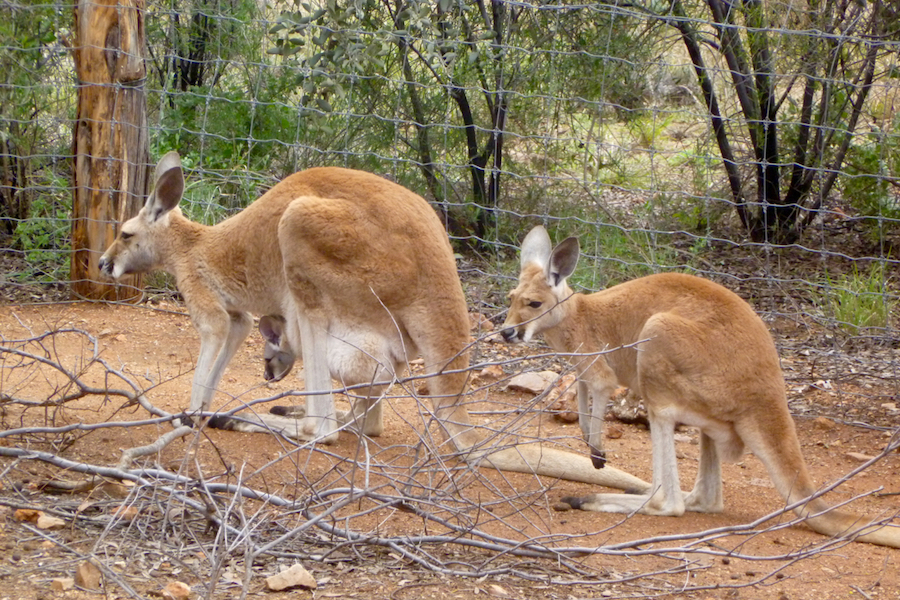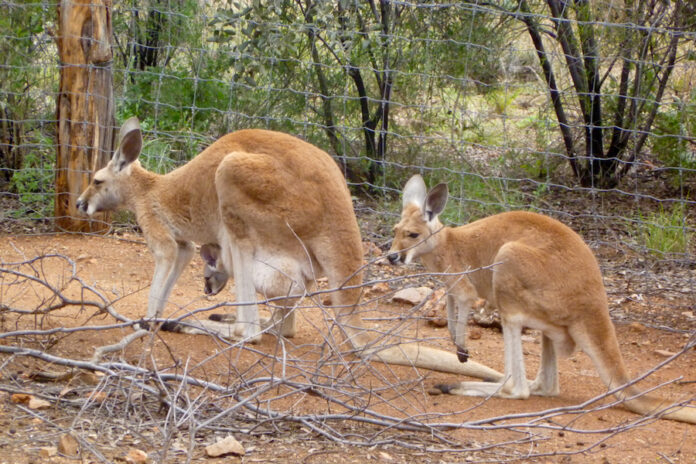
 Appreciating animals helps us understand our place in nature
Appreciating animals helps us understand our place in nature
Australia is certainly a country known for its rather inhospitable environment. Whether it be huge spiders, creatures capable of killing you within the hour or the deathly dry, hot and vacant center of the country, Australia runs the gamut of unforgiving life forms and ecosystems.
However, the animals are far more than otherworldly creatures that hold humanity’s downfall as their primary objective. All of the creatures in Australia are only acting as they would back in California or anywhere else in the world: they are trying to survive.
Take the magpie. It’s a bird found in Australia known for swooping down on people and attacking them for entering their territory. There is even a website and articles detailing the horrifying event of having a black-and-white bird chasing you away from its territory. Why is the magpie so aggressive? Simply because it views anyone, people included, as a threat to their young, ever vulnerable in their nest home. Can we blame the magpie for its response? With global issues of deforestation, pollution in the ocean and the overall destruction of animals’ habitats and ecosystems, it seems that the only time we’re consciously aware of our outsized place in nature intrusion is when we’re being attacked by a frightening bird. Maybe it’s a wake-up call.
Spiders, which run around in droves in Australia, also happen to be quite venomous and deadly here. They’re small creatures — for the most part. But that doesn’t mean they’ll be amenable to being eaten by other, larger animals. And because of this their defense mechanisms, which for many species here include a powerful venom, make them a real danger to humans. That is, humans that provoke them. A spider really has no reason to bite or attack someone if they remain vigilant and aware in the outdoors and do all they can to make sure that they are not encroaching on the animal’s sense of space and the place they call home. Creating a culture in which humans respect the boundary between animals and themselves is key to protecting the environment.
That ethic of conservation is strong in the Taronga Zoo in Sydney, Australia. Most zoos go to great lengths to try and ensure that they are doing their best to rescue, protect and rehabilitate animals — along with educating the public on each of the critters — but I find that Australia takes the job much more seriously.
Australia is home to some animals that are unavailable anywhere else, like the platypus or the echidna, not to mention all the plants and types of birds that are exclusive to the continent. These beings are not capable of surviving in other locations because they have already adapted to a unique environment with a certain set of predators and prey. With these types of restrictions, Australia really is stuck with the challenge of ensuring that they are capable of protecting and preserving not only these wonderful animals, but also their homes. And that starts by creating a zoo curated to the particular challenges this continent and its animals face with the increasing specter of climate change.
It’s good to remember that while animals like spiders, snakes and birds can be dangerous, they attack, for the most part, only when threatened. Even more docile creatures like the echidna or the koala can get aggressive if put under great stress. But this certainly doesn’t mean that all of Australia’s famed wildlife is out to try and get us. At least that’s what I’ve been telling myself.
Written by: Michael Clogston — mlclogston@ucdavis.edu
Disclaimer: The views and opinions expressed by individual columnists belong to the columnists alone and do not necessarily indicate the views and opinions held by The California Aggie.





